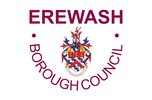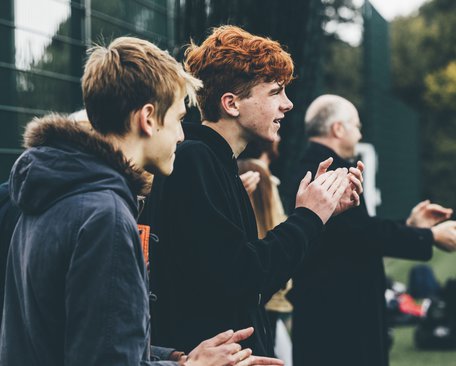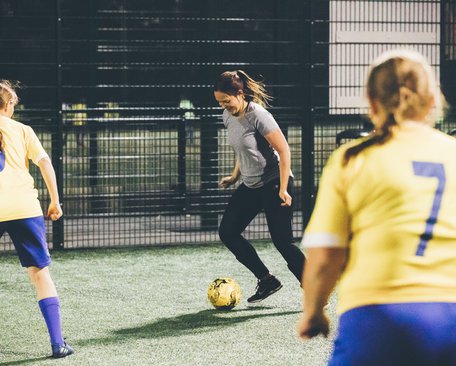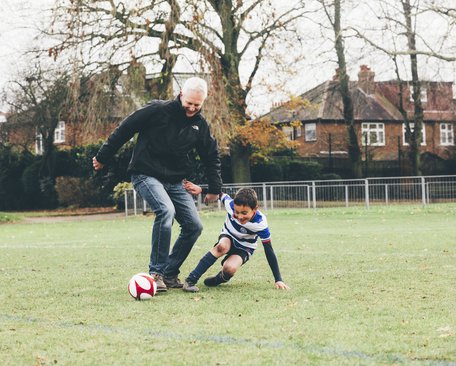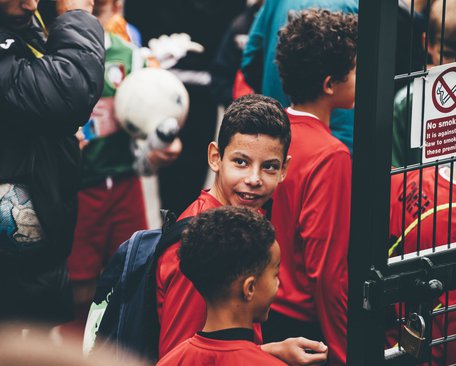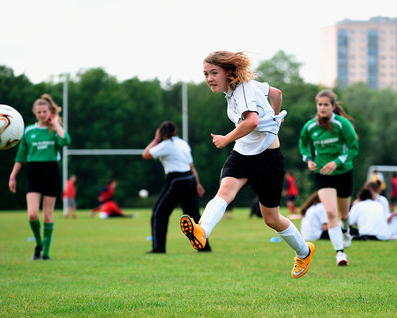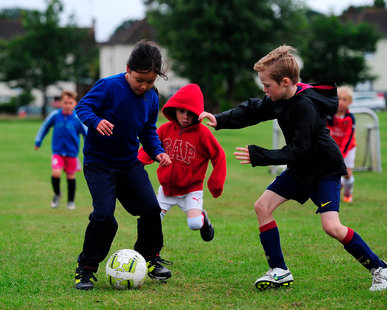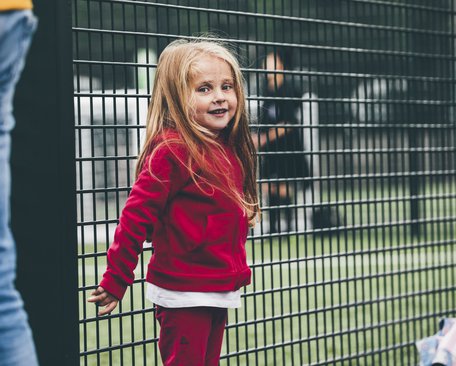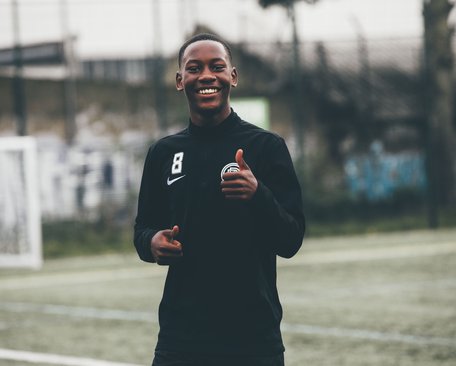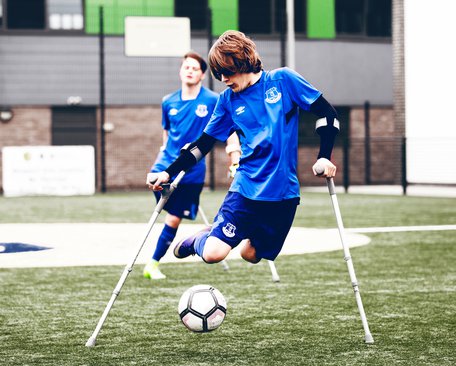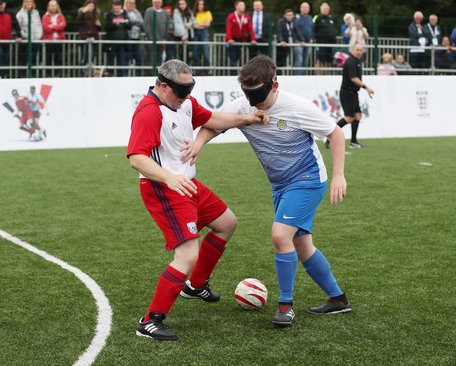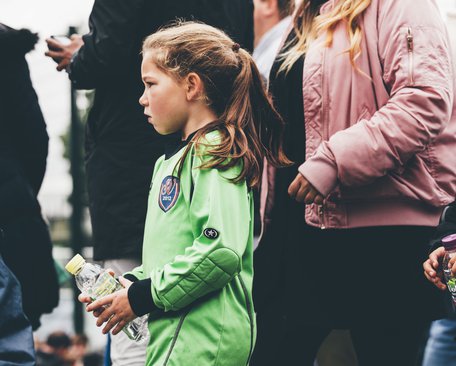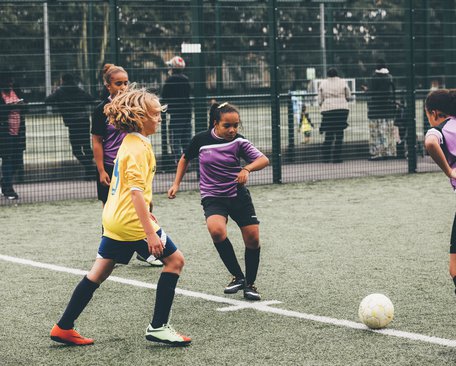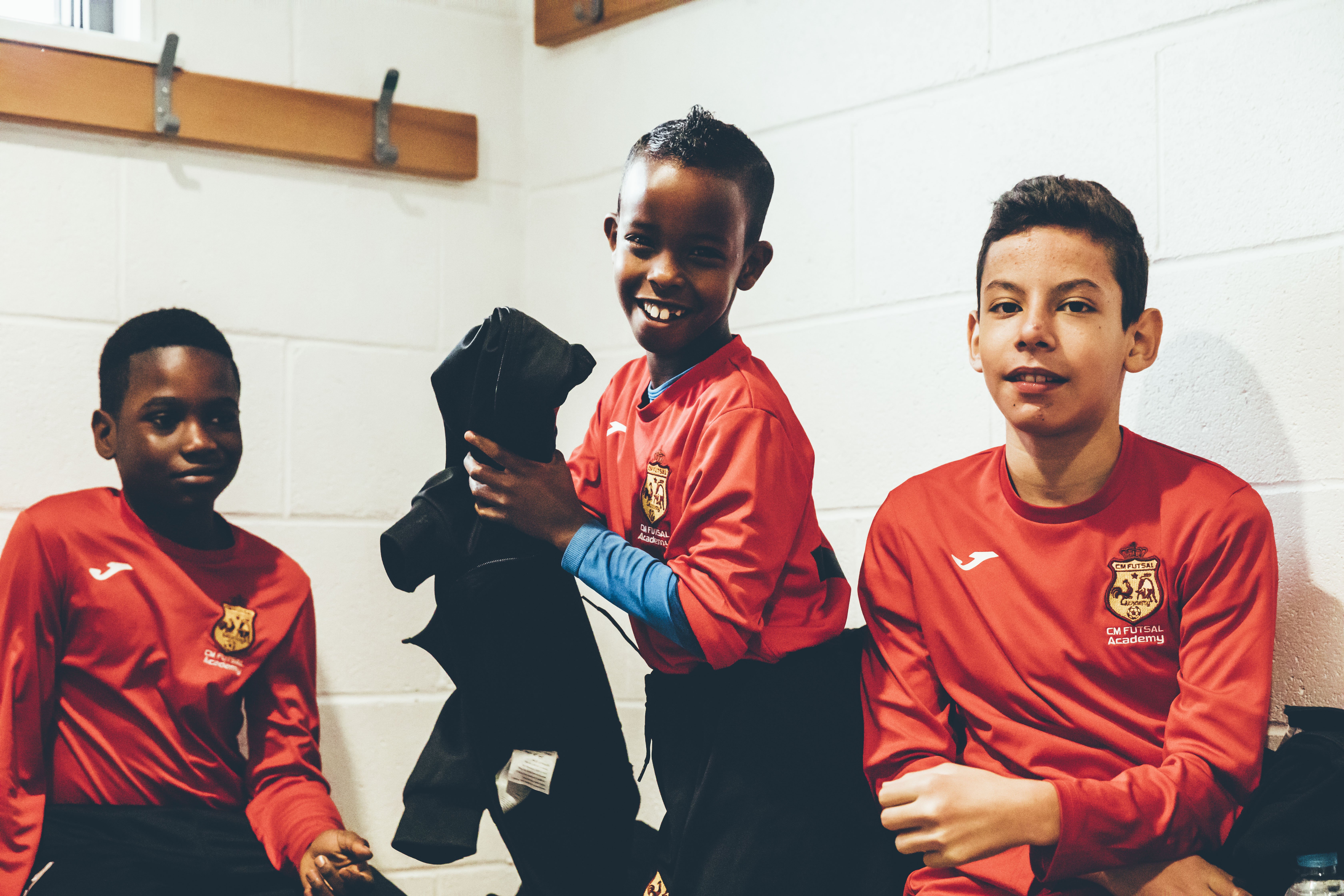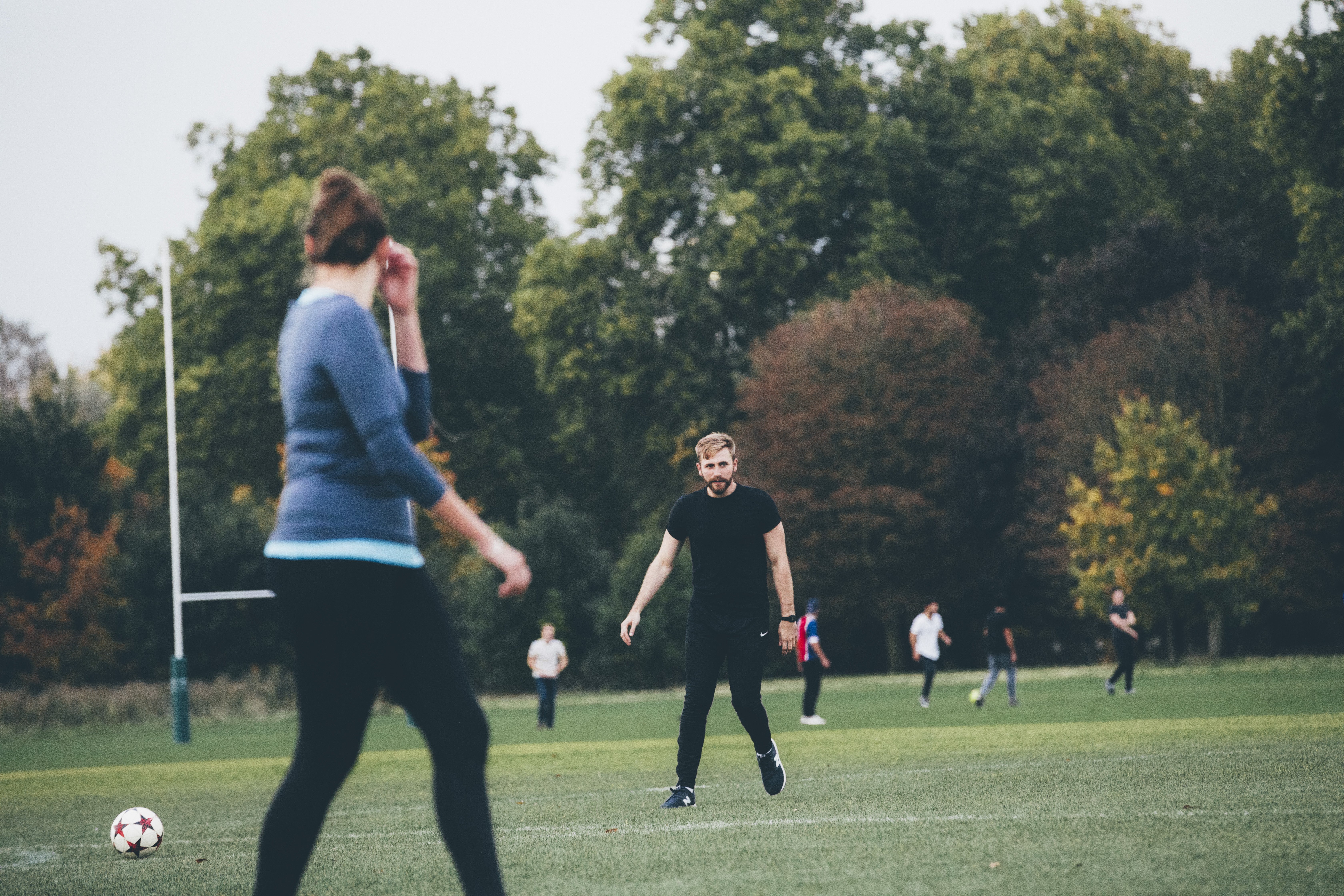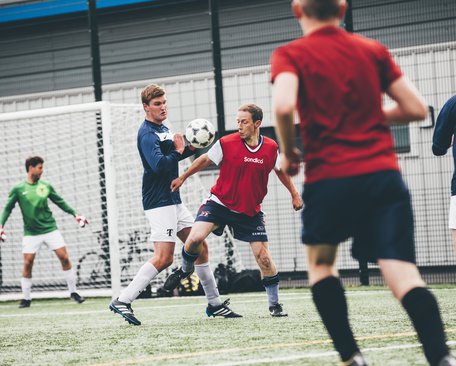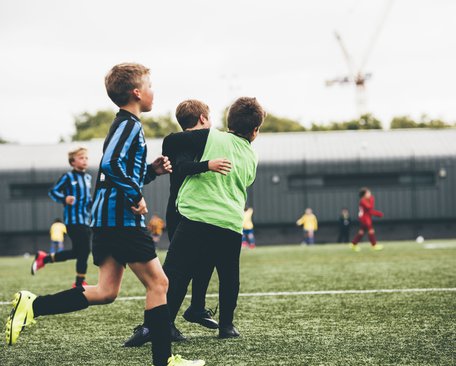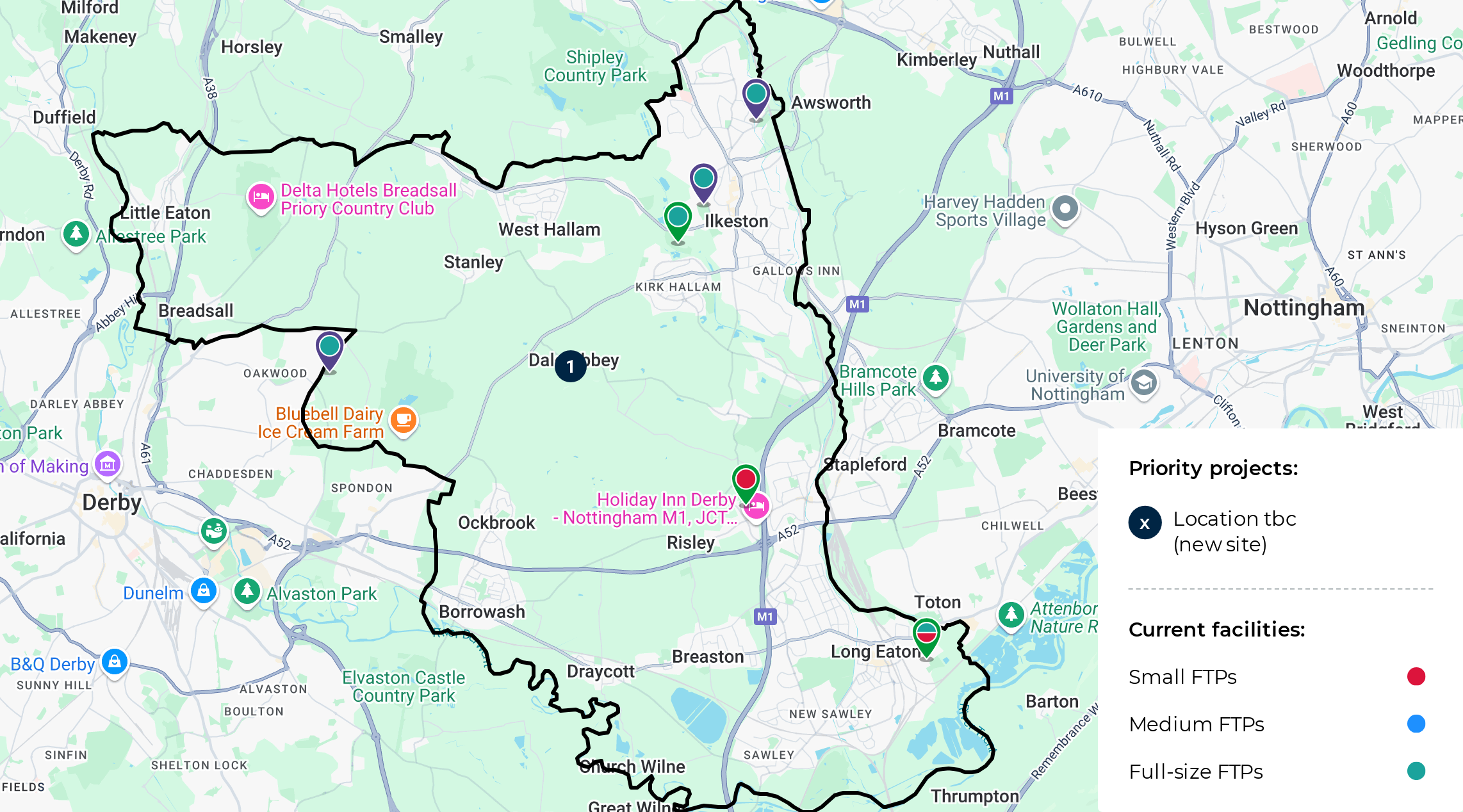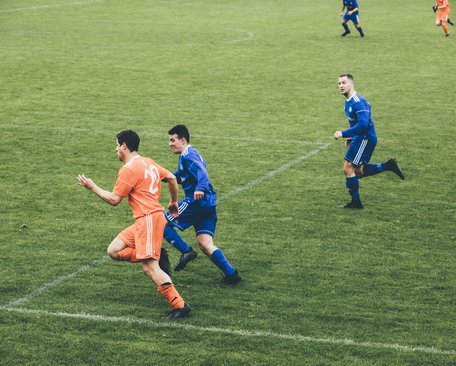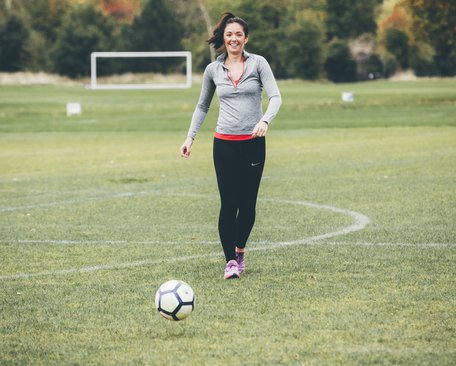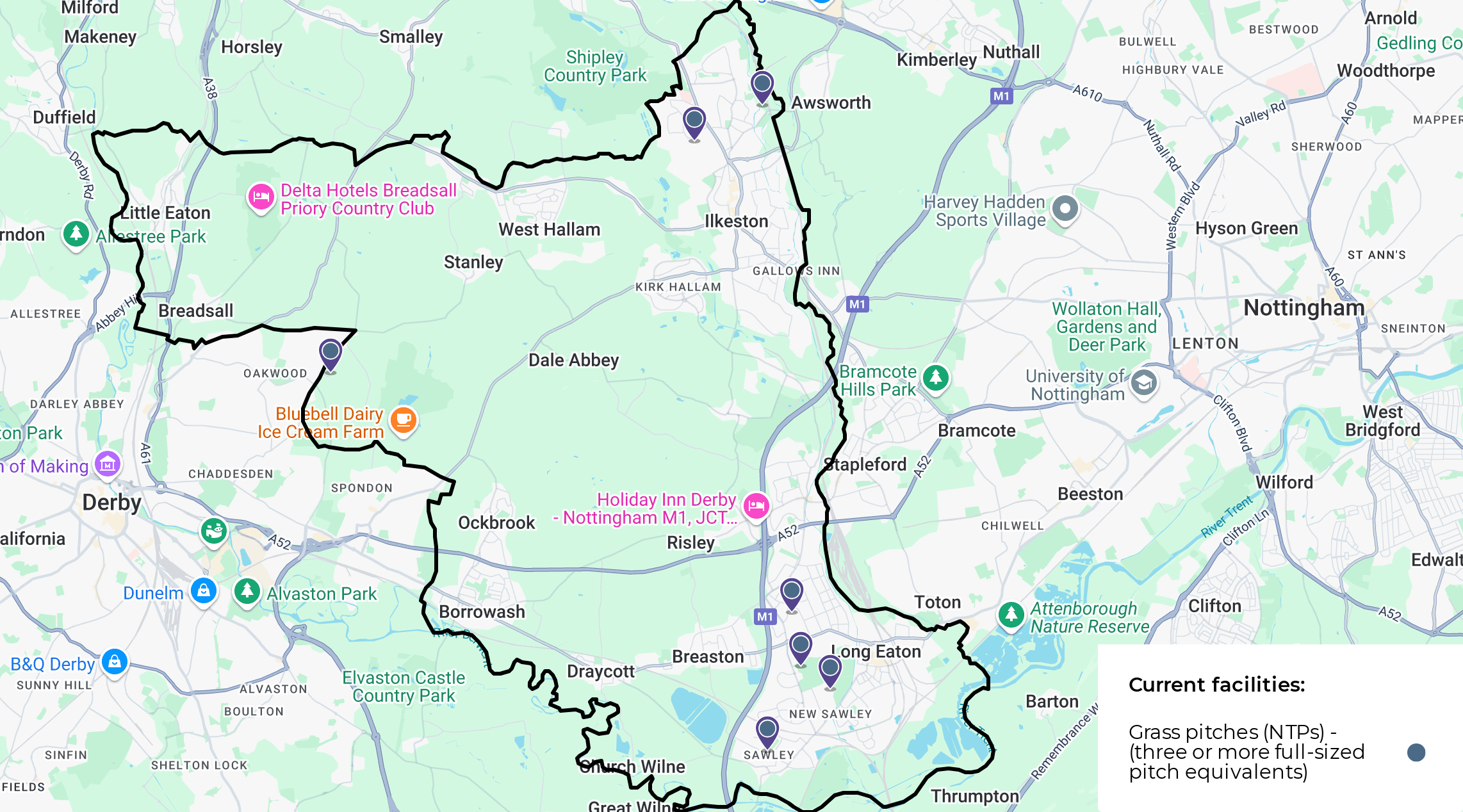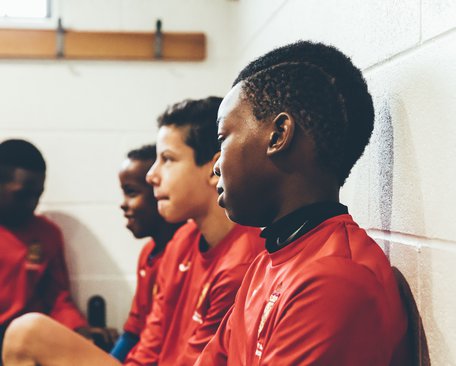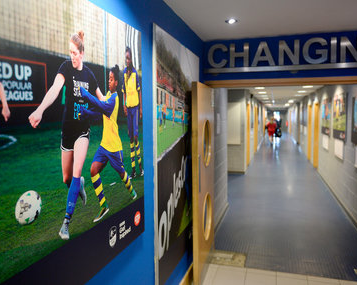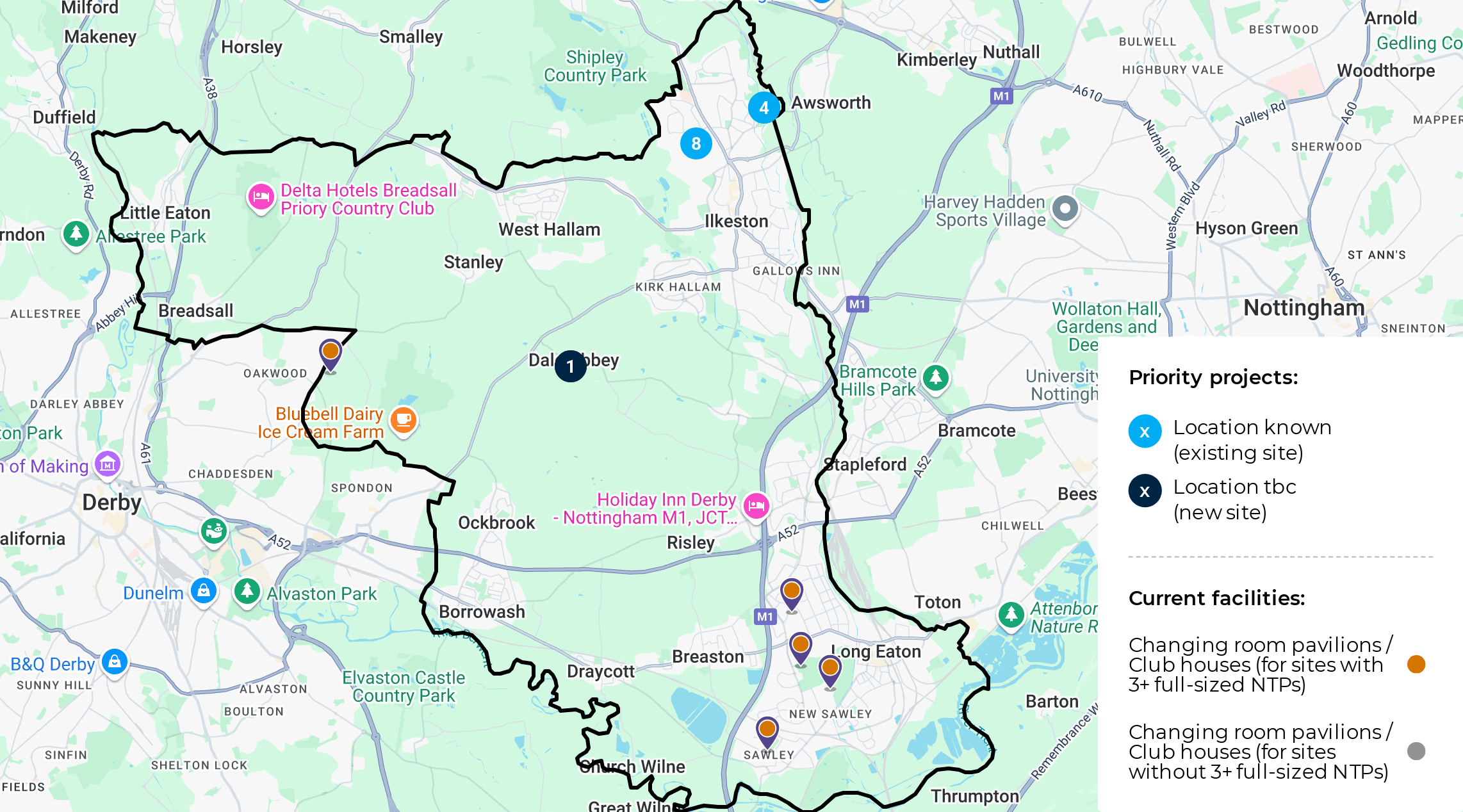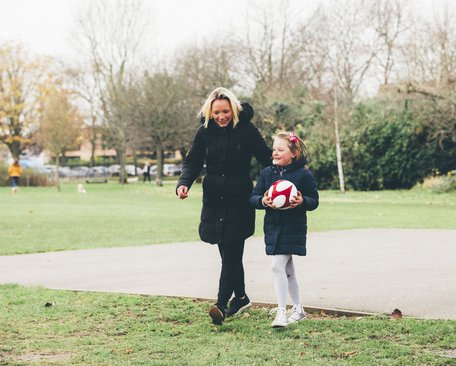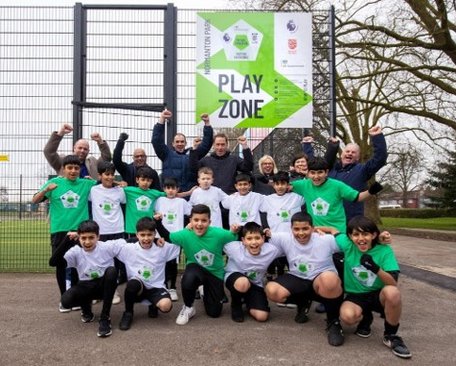Women and girls
The FA’s strategy, titled Inspiring Positive Change, pledges to create a sustainable future for women’s and girls’ football in England. One key target set out was for 75% of schools to be delivering equal access to football in PE lessons by 2024. This target was achieved a whole year ahead of schedule. The strategy outlines eight transformational objectives, the following across grassroots football:-
- Early Participation – Every primary school-aged girl to have equal access to football in school and in clubs.
- Development Participation – Every girl to have equal access to participate for fun, for competition and for excellence.
- Club Player Pathway – Collaborate with clubs to develop an effective high-performance, inclusive player-centred pathway.
- Football For All – Recruit and support a motivated, diverse range of local leaders organising football for their communities.
- Coaching – Support the development of exceptional coaches at every level of the game who are representative of our society.
- Refereeing – Ensure that every female referee afforded high-quality bespoke learning and development opportunities from grassroots through to the elite game.
Education environments have a huge impact on the first experience of football for young girls. This pathway can offer many opportunities for females of all ages to develop and grow a lifelong interest in football.
In addition to the affiliated team data, The FA also has ambitious plans to roll out 4000 ‘casual’ football pathway programmes under the ‘Just Play’ banner including initiatives such as Wildcats, Squad Girls’ Football and walking football for women. FA Wildcats girls football centres provide the first step on the recreational pathway, the programme provides girls aged 5-11 with regular opportunities to play football in a fun and engaging environment. FA Squad Girls' football sessions provide girls aged 12-14 with a fun, non-competitive way to play football locally with friends, whether completely new to football, transitioning from Wildcats, or simply wanting to play.
For talented players, the Girls' Emerging Talent Centres (ETCs) across the nation are provided to increase and diversify the talent pool and give more girls than ever the chance to take their first steps on the pathway towards playing professional football. Higher level talent pathway opportunities are also provided regionally and nationally by the FA, culminating in the England Women’s national squads. Women’s Super League and Women's Championship teams provide player pathway opportunities for gifted and talented female players and a spectator interest for fans.
One catalyst for growth was the victory by the Lionesses in the 2022 EUROs finals. Female football is now growing at a rate of 13% year on year and it is imperative that there is sufficient supply and quality of facilities (both on and off the pitch) to meet this demand. By 2030 it is estimated that 21% of all teams will be women and girls' teams.

